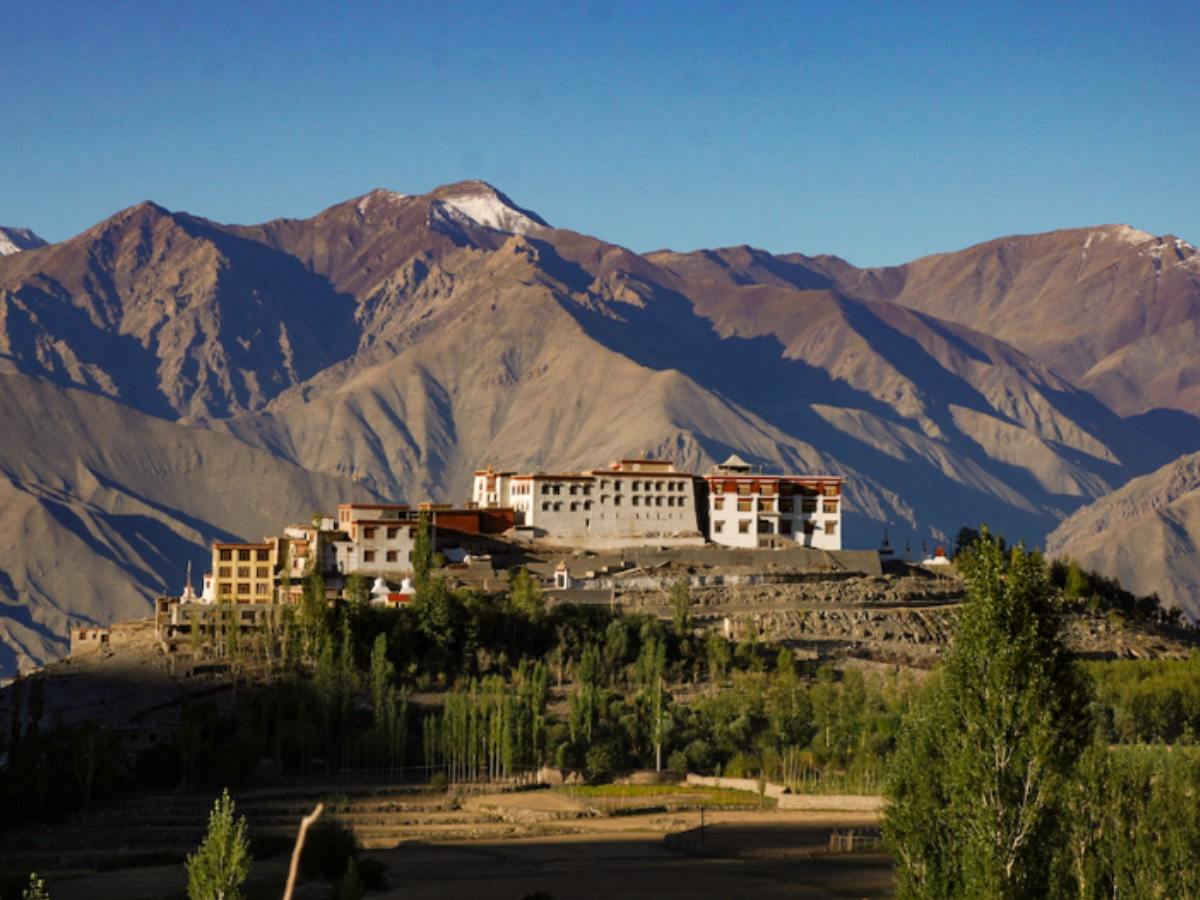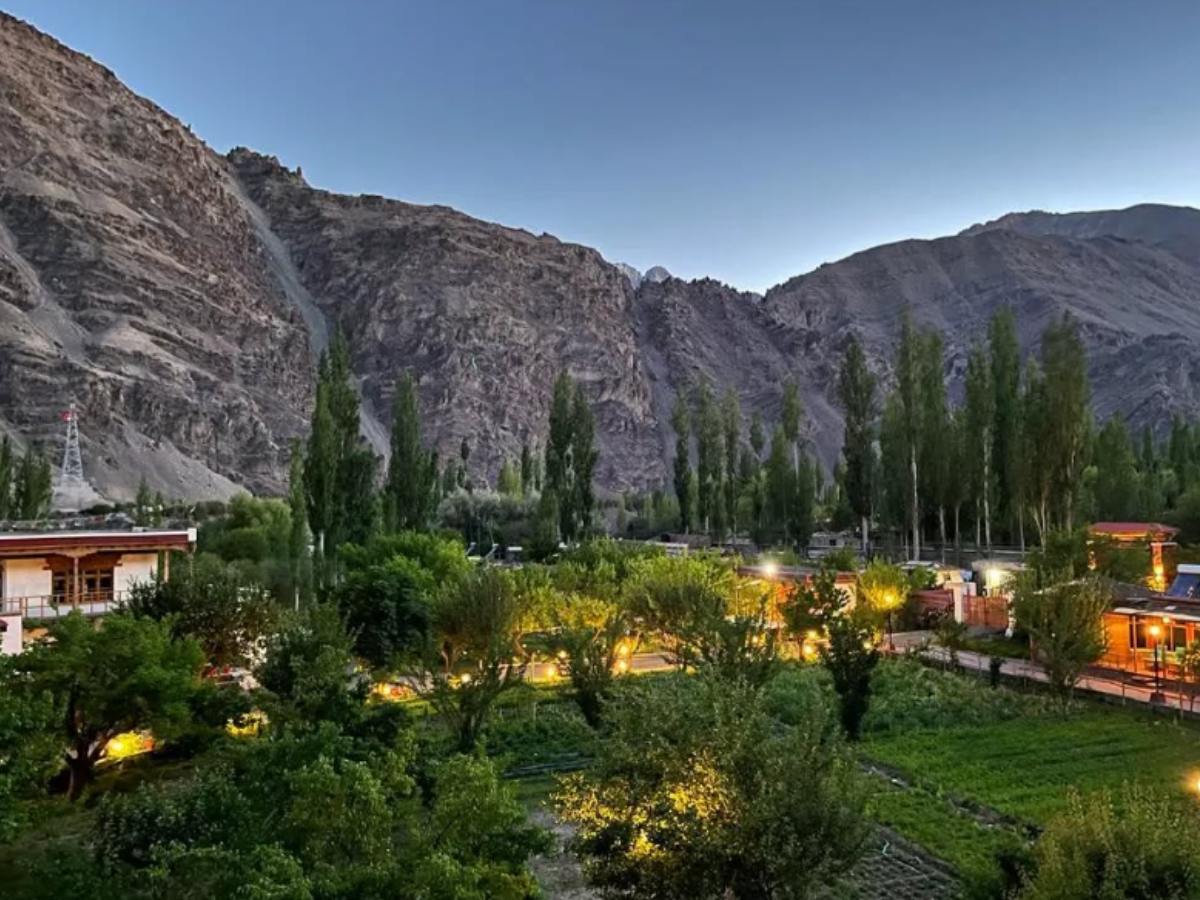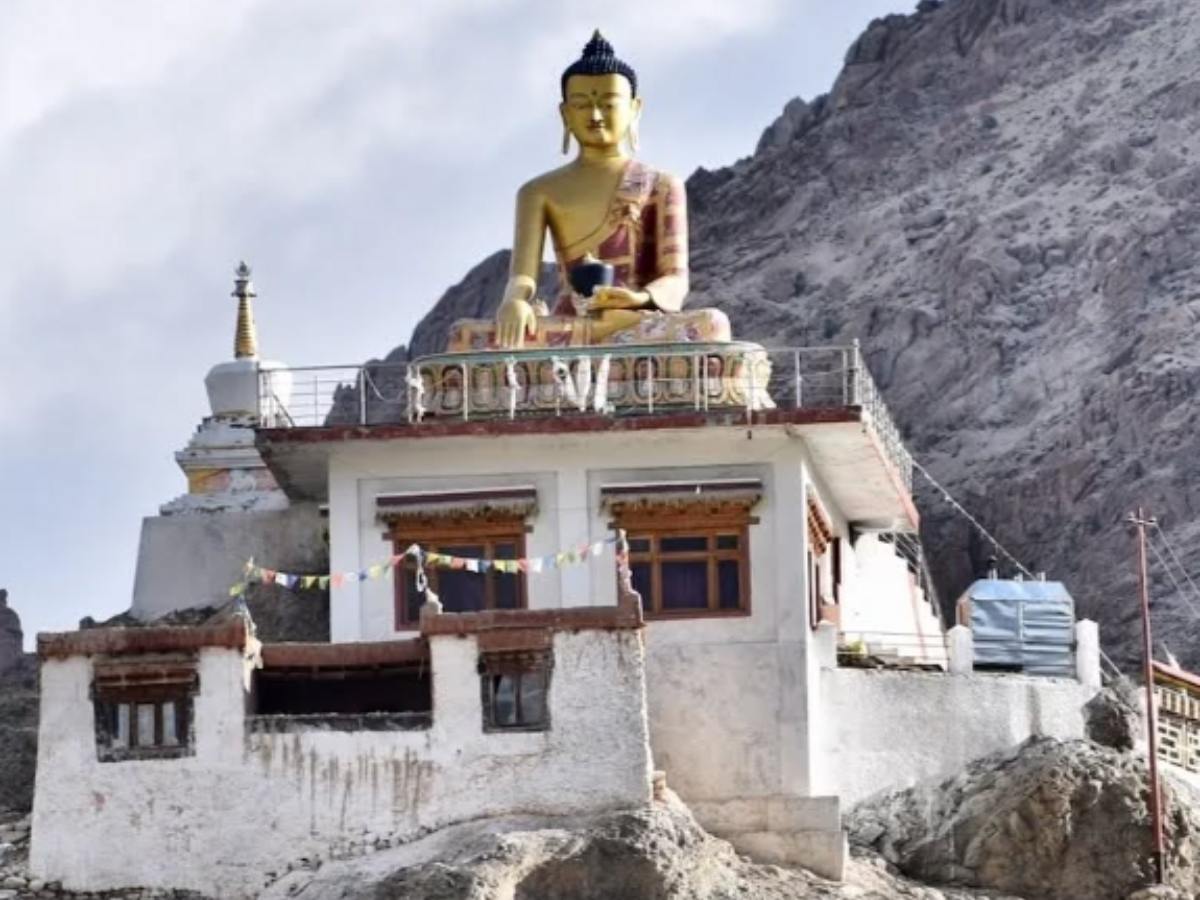Travel Bloggers Are Obsessing Over These 7 Unknown Spots In Leh—Here’s Why
There’s more to Leh than the postcard-perfect snapshots
Leh is not just a destination—it’s a rhythm a silence a wind that carries prayers across mountains. When travelers arrive they rush toward Pangong Lake or the Nubra Valley chasing reflections and desert moons. But Leh doesn’t reveal itself that quickly It waits. It watches. And only when you slow down does it begin to whisper. It’s in these whispers in the folds of forgotten monasteries and trails untouched by GPS that the true Leh lives. Not in crowds or checklists. But in the stillness between high passes and unknown valleys
Why go beyond the usual Leh circuit
It’s easy to fall for the big names. Pangong Tso shines like liquid sapphire. Nubra is the desert that dreams of snow. But real magic hides behind less spoken names. Places where apricot trees lean over ancient alleys and old women sell stories with their prayer beads
In these lesser known pockets Leh feels more like a memory than a map. There’s no rush. Just realness. And roads that teach you to trust the journey
1. Turtuk – The Village That Time Forgot
At the very edge of India near the Pakistan border sits Turtuk a village with Baltistani roots. Unlike the rest of Ladakh the language the food the faces here are different. More Turkic more earthy
In summer the village is an explosion of apricots and barley. In winter it sleeps under a white blanket. You walk past stone houses and narrow bridges and feel like you’ve slipped into another world. No WiFi. No noise. Just time
2. Phyang – The Quiet Sister of Thiksey

While tourists crowd into Hemis and Thiksey the Phyang Monastery stands quietly on a hill. Less visited more meditative it offers a view of the Indus Valley that feels like a painting
In July Phyang Tsedup festival brings masked monks to life with colors chants and swirling dances. But even when the drums fall silent Phyang breathes peace
3. Gya Village – The Last Prehistoric Settlement
Just an hour from Leh on the way to Tso Moriri lies Gya. The mountains here bleed red and gold. This village is believed to be among the oldest settlements in Ladakh
The people of Gya live as their ancestors did growing barley herding yaks weaving their days with the wind. Visit the ancient monastery ruins on the cliff and let the silence tell its tale
4. Uleytokpo – A River Retreat Between Nowhere and Now

Not far from Alchi and Likir sits Uleytokpo a green patch by the Indus River. A handful of eco-resorts dot the area and it’s perfect for travelers seeking a slower rhythm
You can wake up to river songs hike past poplar trees or simply stare at the Milky Way from your porch. Uley is not famous. And that’s its charm
5. Temisgam – The Land of Golden Past
Temisgam doesn’t shout for attention. It hums. With orchards ancient fort ruins and Ladakhi homes painted with laughter
The trek from Temisgam to Hemis Shukpachan is gentle and generous. Along the way you’ll meet grandmothers with stories and kids who’ll guide you without asking. It’s here you learn travel isn’t about arriving. It’s about listening
6. Hemis Shukpachan – The Forested Jewel

In a land of stark rocks Hemis Shukpachan is a surprise. It’s one of the rare Ladakhi villages with proper tree cover. The name means “forest of junipers” and when you walk through its trails it’s easy to see why
The village is also known for its healing springs and old-style homestays. It’s perfect for a digital detox or for journaling under a willow tree
7. Sumda Chun – A Hidden Art Sanctuary
Near the Zanskar range Sumda Chun feels like a dream hidden in folds of rock. The main attraction is a 1000-year-old monastery believed to be founded by Lotsawa Rinchen Zangpo the great translator of Buddhist texts
Inside the temple walls rare frescoes survive battles of time and weather. You feel small here not because the place is large but because its stories are
So Why Explore Leh’s Lesser Known Corners
Because Leh is not just a tourist stop. It’s a living breathing prayer wheel. And when you go off-track you spin it with your presence
These lesser known places offer:
What to Expect
The roads may be bumpy. The network may vanish. But so will your stress. What stays is wonder
In these villages you’ll find:
-
Butter tea and barley bread
-
Grandmothers with turquoise jewelry
-
Prayer stones that glow at dusk
-
And skies that swallow cities whole
Tips to Travel Thoughtfully
-
Choose homestays over hotels
-
Carry reusable bottles and local snacks
-
Respect silence especially near monasteries
-
Don’t photograph people without asking
-
Listen more speak less
Why this matters
Every traveler who walks a lesser trail leaves behind not just footprints but hope. For the village. For its people. For its future
When you skip the obvious and choose the quiet you help preserve cultures stories and environments that are at risk of vanishing
Final Thoughts
Leh doesn’t need you to rush. It needs you to arrive. Fully. Slowly. Mindfully. So next time you land in Leh don’t just look at your itinerary. Listen to the wind. It’ll guide you to places not marked on Google Maps but etched forever in your memory
News